Stay Current. Stay Competitive.
Expert perspectives, strategic conversation, academic research, and real-world use cases — curated for registered investment advisors.

































Advisor & Client Resources
Filter by
Thank you! Your submission has been received!
Oops! Something went wrong while submitting the form.
Sort by
Thank you! Your submission has been received!
Oops! Something went wrong while submitting the form.
Reset All
Sorry! There was no match based on these filters.
Please try another set of filters or reset the current.
See the Platform That Powers Possibilities
DPL’s platform turns content into action — with expertise and tools RIAs use to deliver results.

















